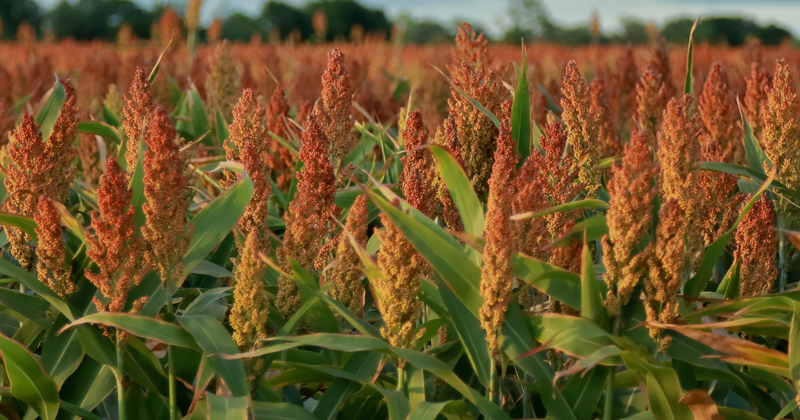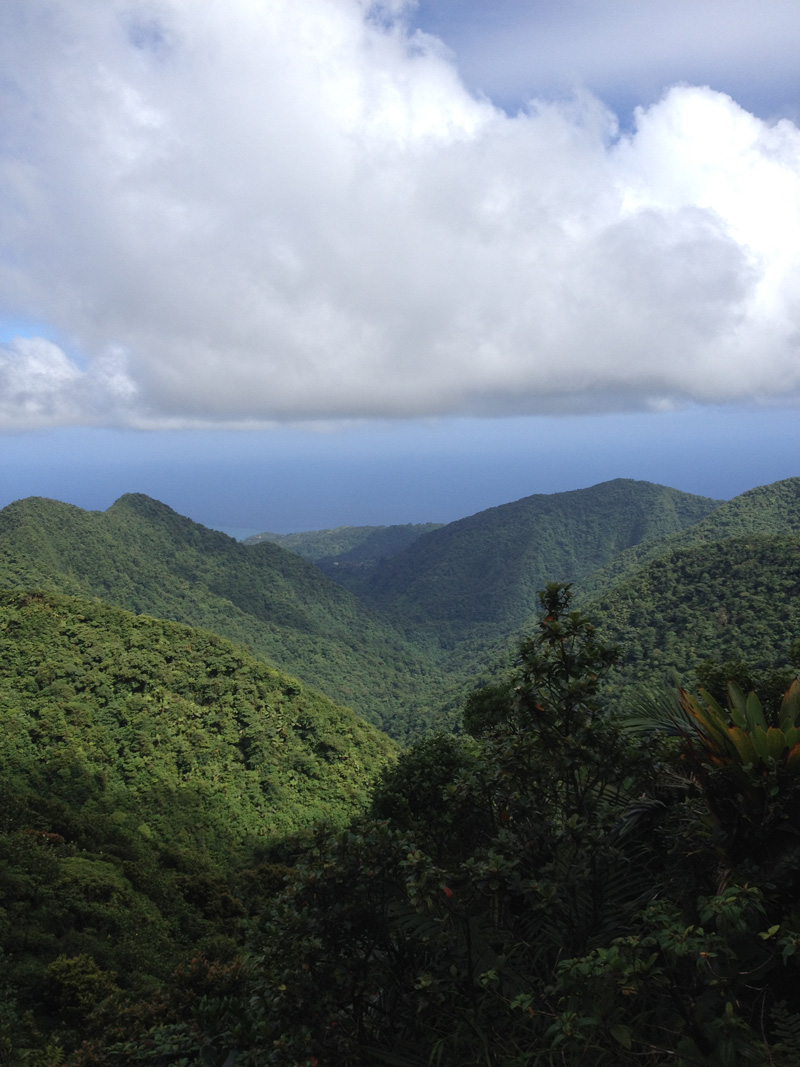


Water cycle concerns
Photos by iStock and Delphis Levia September 24, 2020
World leading scientists put a spotlight on the risks of homogenization of the terrestrial water cycle
As the world responds to the simultaneous challenges of climate change and increased demands for certain commodities such as food and energy, land use and land cover are changing.
Increasing plantation forestry and agricultural monocultures are turning once diverse landscapes into areas with a single plant species, which affects the terrestrial water cycle.
A new paper published in Nature Geoscience, led by Delphis Levia and Irena Creed in a global collaboration with interdisciplinary researchers studying ecohydrological systems, calls for policymakers and decision makers to ensure these water-vegetation interactions are taken into account when making decisions about land use and land cover changes.
Levia, a professor of ecohydrology in the Department of Geography and Spatial Sciences in the University of Delaware’s College of Earth, Ocean and Environment, said that while land-use cover change can be well intentioned — whether it is done to increase carbon sequestration or meet growing food, water, and energy demands — it can have unintended consequences that affect the water cycle.

Creed, a professor at the School of Environment and Sustainability at the University of Saskatchewan, agreed and said that there are hydrological consequences to consider when changing land cover types.
“People want to plant trees to help with carbon sequestration and climate change, but when you plant uniform fast-growing trees, you’re lowering the biodiversity and you’re also homogenizing the water cycle,” said Creed. “You’re narrowing the range and response of the water cycle (e.g., interception of precipitation, root extraction depth, ability to use water when soils are at dry and wet extremes), and it makes it more susceptible to stressors like climate change.”
The authors point out that plant uniformity in highly managed agricultural landscapes that have displaced more natural systems such as wetlands has led to increases in flood and drought frequencies and magnitudes, as well as worsening water quality, while the increase of maize monocultures to meet government directives for ethanol and biodiesel in the United States are forecasted to increase areas vulnerable to groundwater nitrate contamination.
An increase in the coverage of tree plantations to meet the demand for wood can decrease water flow in streams, and sometimes lead to the salinization of soils, as well as increased susceptibility to fire.
As opposed to extensive monoculture, a more biodiverse landscape has trees and plants with different architectures above and below the ground, leaf signatures, and bark types, which leads to a robust system, more resilient to water stress, and better able to buffer larger water fluxes.
When an area is planted only with wheat, for example, the system has a narrow hydrological response and reduced range of vegetation-atmosphere-soil interactions. Ultimately, this leads to a loss of hydrological resilience of the system.
“Think of soil moisture and rooting depth. If there are a variety of different tree species, some send roots down kind of shallow, some intermediate and some deep. That means there’s a lot more soil moisture available to some forest species than others,” said Levia. “But if you’re in a monoculture situation, as with many staple crops, the rooting depths are more uniform. They don’t penetrate the soil to varying degrees like natural vegetation in forests. And so, they can be more susceptible to drought.”
In addition to making these water cycle considerations, the researchers also say that further research is needed to perform a quantitative analysis of the relationship between vegetative complexity and water use.
Prof. Michael Bruen, Director of the University College Dublin’s Dooge Centre for Water Resources Research and a co-author of the paper, stressed the importance of understanding these water-vegetation interactions for predicting the future impacts of climate change.
This would be done to see how the resulting losses in plant diversity affect the water cycle and planetary resilience to global change, and how that can lead to increased susceptibility to disease, fire, and other extreme weather events such as hurricanes.
John Selker, professor at Oregon State University and a co-author on the paper, said that knowing how the change in the water cycle is occurring quantitatively would allow proper management practices to be put into place.
“It is fine to know the qualitative trends, but to put this into management practices, we need some numbers on the resilience as a function of specific metrics of complexity,” said Selker.
Prof. David Hannah, who holds the UNESCO Chair in Water Sciences at the University of Birmingham and is a co-author of the paper, said, “Scientists and policymakers need to work closely to translate scientific knowledge into action. We need to be designing forests and agricultural systems that embrace and enhance diversity. This approach is essential if we are to preserve the natural resilience of our water-dependent ecosystems and provide better stewardship of the Earth’s finite water resources.”
The paper has its origins in the Ettersburg Ecohydrology Workshop that was funded by UD. Twenty-nine experts and students from 11 countries gathered near Weimar, Germany to figure out how to start addressing the world’s multifaceted water crisis. At the workshop, the experts worked together to identify the research needs that ecohydrologists must address so they can provide strategies and data to help mitigate some of the world’s water crisis.
Contact Us
Have a UDaily story idea?
Contact us at ocm@udel.edu
Members of the press
Contact us at 302-831-NEWS or visit the Media Relations website

